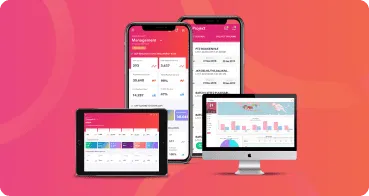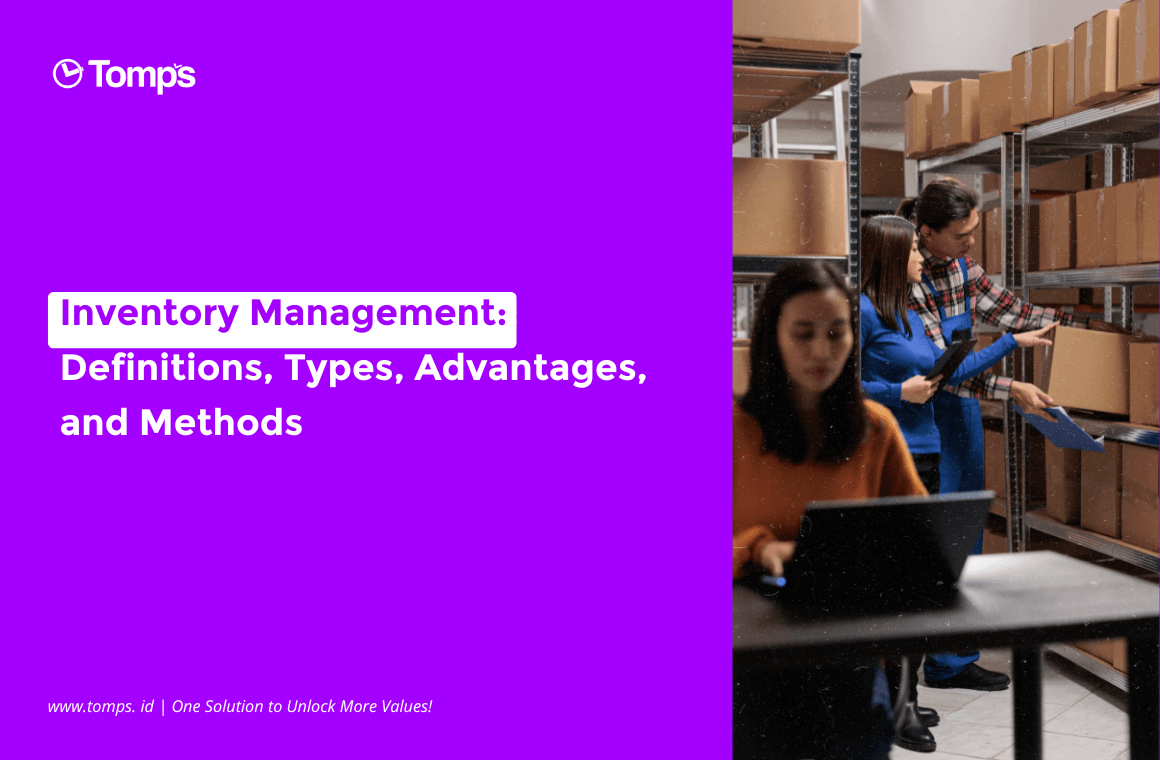Still think the project can be done with a minimal budget, quickly, but the results are still of high quality? Get up right away, think realistically, and start prioritizing your triple constraint project now!
Ever heard of the term “Bandung Bondowoso Project”? This term arose from the legendary folklore about Bandung Bondowoso who is said to have built nearly 1,000 temples for Roro Jonggrang with supernatural help in just one night. This story may then make some people dream of being able to complete a big job, such as the construction of 1,000 temples, at lightning speed but with minimal effort. Is it possible? certainly not.
Due to its unrealistic nature, some project workers began to use this term when there was a demand for a project with three priorities at once: cheap, fast, high quality. In project management, there is a tool called the triple constraint. This one tool has 3 basic aspects that become limitations that give you flexibility in making the most appropriate strategy to achieve the desired project priorities.
“Why do limitations give rise to flexibility?” To answer that, let’s get to know more about triple constraint through the review that Tomps.id has summarized below!
What are Triple Constraint?
Besides being referred to as the triple constraint, this one project tool is also often referred as project management triangle, iron triangle, and project triangle. According to the Project Management Institute (PMI), the triple constraint is described as a framework used to evaluate the desirability of competing projects. Often, “unrealistic” desires from stakeholders appear to overlap which in the end actually blurs priorities and focus.
What are the Elements in the Triple Constraint?
As the name implies, there are 3 basic elements in the triple constraint that are always the benchmark for the priority of a project: Cost, Time, and Scope which will affect Quality.
Cost
“Our project budget is not limited, please use it as much as you can.” It seems that the project managers will smile happily when they hear this. Unexpected expenses to other variables that change drastically will not be a problem. However, is this realistic in a project?
In the triple constraint, cost is the budget incurred to run the project’s operational wheels as well as being the main raw material. In projects, costs certainly have limitations, that’s why we know the term cost management.
In PMBOK 6th Edition, there are 4 steps in Project Cost Management:
1. Plan Cost Management
(The process of defining how project costs will be estimated, budgeted, monitored and controlled)
2. Estimate Costs
(The process of developing an estimate calculation regarding the monetary resources needed to complete a project)
3. Determine Budget
(The process of combining the estimated cost of individual activities or work packages to set the base cost)
4. Control Costs
(Project status monitoring process to update project cost calculations and manage changes to its underlying cost)
Scope
According to PMI, scope is the work required to obtain the desired results. The scope also includes the expectations of the stakeholders involved in your project. Unfortunately, the scope identification process will become more difficult and complex as the size of your project gets bigger, as well as problems that will be much more complex. Such as misperceptions in the heads of stakeholders and project managers, team members who are overwhelmed by inconsistent backlogs, to the biggest fear: failure to achieve project goals.
The bigger scope of a project, the bigger budget needed, and the required completion time.
To avoid scope creep, there are six steps in the Project Management Scope according to PMBOK 6th Edition:
1. Plan Scope Management
The process of creating a scope management plan that includes how the scope will be determined, verified, and controlled.
2. Collect Requirements
The process of determining, documenting, and managing the needs and requirements of stakeholders to meet project objectives.
3. Define Scope
The process of developing a detailed description of the project and the product to be produced.
4. Create WBS
The process of breaking down deliverables and project work into smaller parts so that it is easier to manage progress.
5. Validate Scope
The process of formalizing the acceptance of the results of the delivery of the completed project.
6. Control Scope
The process of monitoring project status and product scope and managing changes that occurs into the baseline.
Time
Another key characteristic of a project that distinguishes it from a regular program is that it has a start and finish point, a start and an end. Some take days, months, or even years. Of course, this time component will depend very much on the priority set on the previous two main elements, scope and cost.
If you have a large project scope and a large budget, then the turnaround time can be faster. If you have a large project scope but with a limited budget, then the time will be longer. That’s more or less each element influences each other.
If you want to do good time management for your project, PMBOK 6th Edition summarizes 6 steps you can do:
1. Plan Schedule Management
The process related to the determination of the schedule, procedures, and project documentation that will be mutually agreed upon.
2. Define Activities
The process associated with identifying and documenting what actions are required to achieve the desired project outcomes.
3. Sequence Activities
The process associated with identifying and documenting the interrelationships between project activities that influence each other. For example, when one project work unit is hampered, we must identify how it affects other work units.
4. Estimate Activity Durations
The process associated with estimating the duration of time required to complete each work package using the estimated resources.
5. Develop Schedule
The process related to analyzing the sequence, duration, resource requirements, to the constraints of project activities to create a project schedule.
6. Control Schedule
Processes related to monitoring the schedule, updating the schedule, and managing changes to the baseline (estimating the schedule at the planning stage before the project is released).







